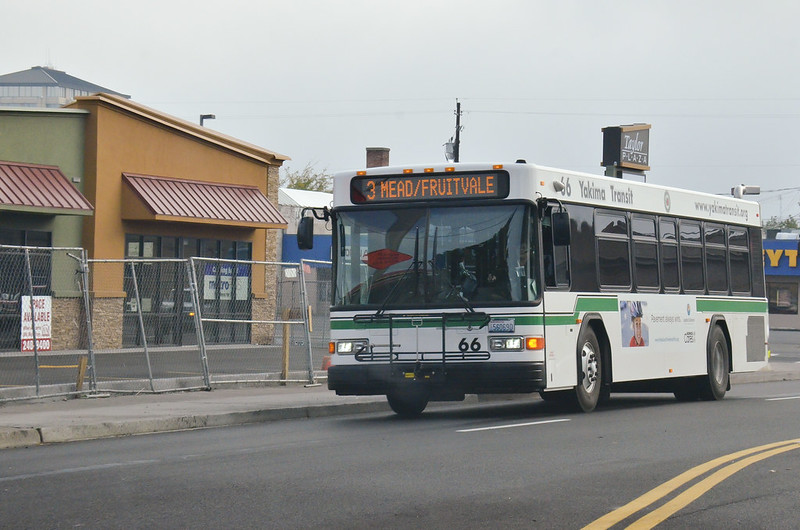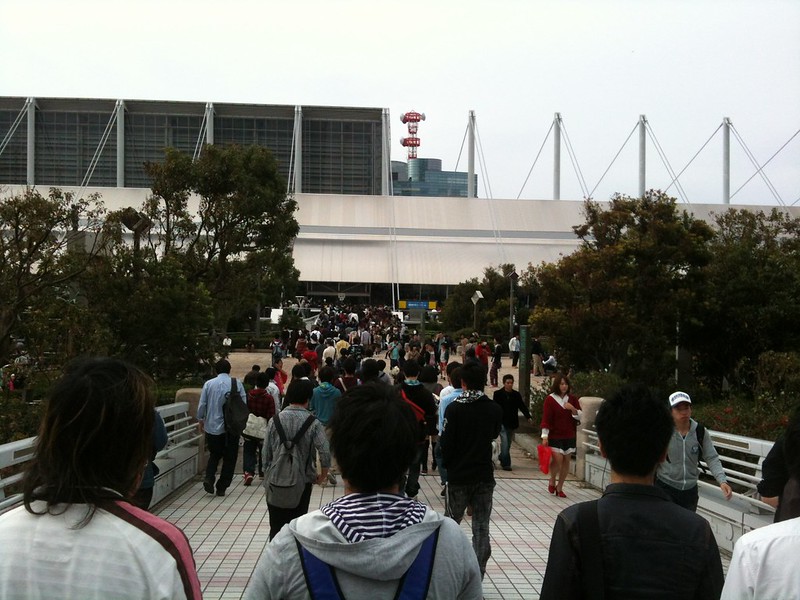When navigating a city, you might rely on many audible cues like the honking of car horns, and even verbal instructions from the train conductor. What do you think navigating such a city will be like for a deaf or hard-of-hearing person? The answer to that question depends on the deaf person’s city and how equipped they are to tackle the challenges that come with hearing loss.
While many individuals hear just fine, there is an increasing number of people suffering from hearing loss (currently 20% of the world’s population). With such statistics, it means there is a probability that more people with good hearing will be associated with deaf people as time goes by.
How do deaf people travel?- is a serious question that needs answering. If one in five people in the world has hearing loss, then transportation systems must take their needs into account.
Before there is any progress, there needs to be an understanding of what traveling as a deaf person is like. We’ll discuss this and other things in this article.
How does Transportation Affect Quality of Life?
Image by WSDOT on Openverse
Before the question of navigating as a deaf person is answered, the importance of transportation in life needs to be looked at.
For a start, transportation plays a major role in the economic growth of a people. It is not a coincidence that 1 in 10 people in the world live on less than $2 a day and a billion of the world’s population is almost a mile away from an all-weather road.
Transportation affects the cost of food, the feasibility of good education, and the security of a community.
There is also the effect of poor transportation on healthcare. People won’t get proper health care unless they can easily access health facilities.
Let’s look at the reality of cars and car owners. Not every family can afford a car and even if they could, it wouldn’t be good for the environment. For the planet’s sake, public transportation needs to be the pick fork used to lift the world into further development.
A good public transportation system that meets the needs of the citizens improves the economy. With a robust system, children can access the education they need, people can afford to take jobs in further locations, and everyone has access to health facilities.
So, if transportation is this vital to everyone, how do deaf people navigate the system and travel? Let’s find out
How Deaf Individuals Navigate Public Transportation and Travel
Deaf individuals must travel between different points in a community or to other communities for work, health, school, or personal reasons. Since they have unique needs, they travel in unique ways, using tools and skills that people with good hearing might not need. Some of these tools include:
Visual Information and Cues
Deaf individuals don’t have the luxury of hearing and those who are hard of hearing don’t hear enough to rely on audible cues. So, they focus on their senses that function well; their sight.
Deaf individuals rely on visual cues when traveling or navigating public transportation. They look at signs, maps, vehicle tags, traffic lights, and many other cues.
For example, if a deaf individual wants to take the bus from one stop to another in Los Angeles, the person will rely heavily on the destination tags the bus has. They will also read the traffic signs to be sure they can cross the street and look in both directions to see if a vehicle is approaching.
Since deaf individuals rely so much on visual cues, the transportation system must make such signs available. Buses, taxis, and trains should have adequate tags. Also, roads should have all the signs required for safe navigation.
Written Communication
There are times when people get lost or don’t know where to go as they commute. They will rely on audio cues like a train announcement of a conductor, or a description from another passenger.
Deaf people in such scenarios rely on written communication. They might ask questions by writing them down on a sheet of paper or using communication devices like their phones.
They can also use the speech-to-text technology and convert the sounds around them to text. With that, they might figure out what to do next as they traverse the world.
Planning and Sticking to Their Travel Schedules
You might be able to change your travel schedule on the fly but for deaf individuals, they carefully have to plan their trips, whether it is to the grocery store or across the east coast to the west coast.
They have to plan because traveling will be unsafe if they are unprepared for a world that easily forgets their needs. A deaf individual will be happier to book a trip online than arrive at a terminal and begin figuring out what to do.
Being prepared for a journey and having defined steps gives them a sense of safety. This is why transportation websites should have as much information as possible because not everyone can figure out what to do on the way.
If the deaf person is driving, they also plan their routes, hoping to avoid crowded and dangerous streets.
Planning is a vital step for deaf individuals when they want to take a trip or use public transportation.
Human Assistance
There are many parts of traveling that most people can handle on their own, but for a deaf person, these tasks might be impossible. In such cases, they will consider human assistance.
One way Deaf people tackle difficult traveling routes is by getting help from people with good hearing. For example, a deaf person might plan a trip with a family member or friend who has good hearing. That way, they travel with less risk.
While those who are hard of hearing want to be independent, there are still instances, especially when traveling, where they need help. They deserve to get all the help they need.
Conclusion
Transportation is important to everyone. The safer and more comfortable our journeys are, the better our lives will be. Deaf people also have similar needs.
How they travel is different in very important ways. First, they plan, then rely on visual cues, then technology, and if all that isn’t enough, they get human assistance.
Societies must do more in ensuring traveling is safe for everyone, including those who are deaf and hard of hearing. Part of what can be done is learning ASL. The more people who can efficiently use ASL to communicate, the safer places will become for deaf individuals to comfortably navigate.
SignBee Academy can help you with easy ASL learning materials that can assist you in learning ASL for everyday use and communication with deaf and hard of hearing individuals.
Thumbnail Photo Credit to: Image by WSDOT on Openverse






